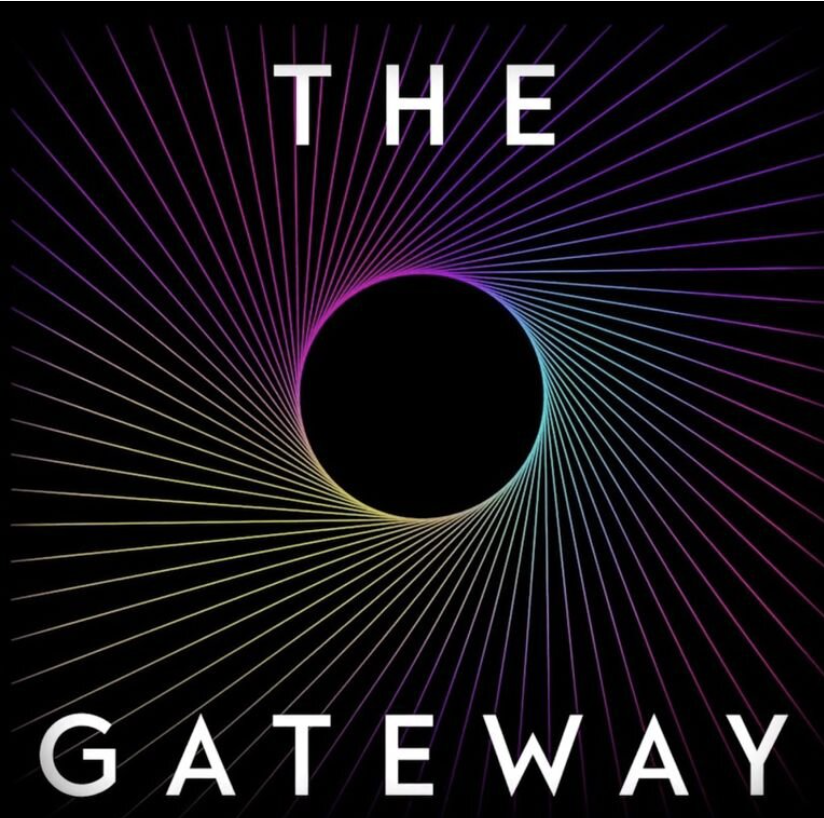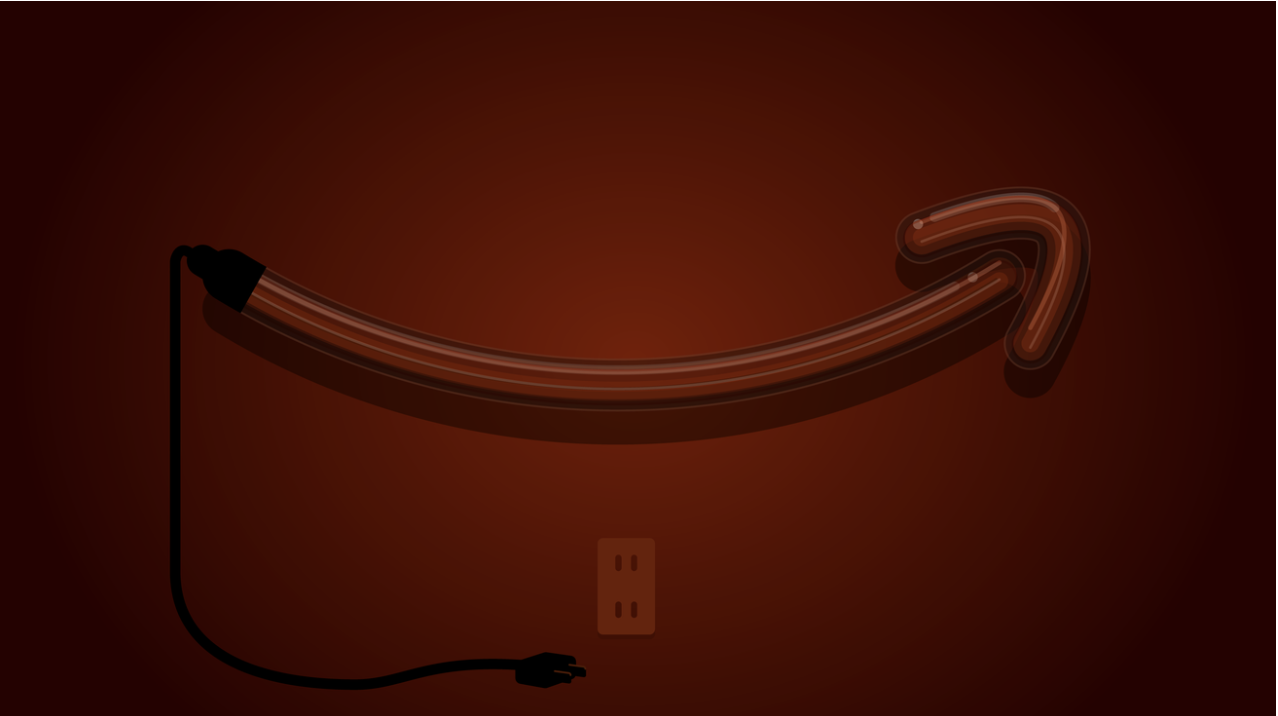Things I’ve worked on
I’ve spent years pitching, producing, leading, and creating. Here are some of my very favorite projects.
While Editor-in-Chief of Gizmodo, I was the editorial director of the brand’s first-ever investigative podcast, “The Gateway.”
This six-part series investigates a spiritual leader who uses the internet in innovative ways to cultivate followers — and delves into the ways that content that targets those in crisis exploits gaps in the mental healthcare system.
Hulu’s Freeform four-part docuseries “The Deep End” is based on “The Gateway.”
While I was Editorial Director at news startup Vocativ, I oversaw the creation of “Death Day,” an innovative storytelling concept. Part video game and part live event, part fiction and part journalism, “Death Day” delves into a speculative future in which every person can learn the exact day of their death (if they so choose).
All fictional technologies in the piece are based on real-life scientific and technological research.
A “Choose Your Own Adventure”-style game allows readers to pick their own destiny. The game was paired with a live event in which attendees collectively voted on their fate.
I was the founding director of Refinery29’s technology and health verticals.
I crafted the missions for both sections, hired all staff, managed the day-to-day, and worked with sponsors.
I assisted with the casting and concepting of photo series and shoots — I worked on set often.
The Health vertical was a finalist for Digiday's "Best New Vertical of 2014" award, and we won "Publisher of the Year 2014" for Kelsey Miller’s column “The Anti-Diet Project.”
I helped write and edit the script for audio played as part of a room exploring body image and self-concept for Refinery29’s interactive experience, 29Rooms.
At Gizmodo, I pitched, commissioned, and edited scripts on lots of video franchises and mini-docs.
“The Last of the Iron Lungs" explores the impact of obsolescent technology through interviews with some of the last living people reliant on the iron lung. It’s been viewed on YouTube nearly 46 million times.
I oversaw two seasons of “Show Me Your Nerd,” which featured enthusiasts and collectors from around the world, including the self-styled Motorola King of Montevideo, Uruguay and a guy with a collection of over 300 mechanical keyboards.
In partnership with Atlas Obscura, Gizmodo reporters visited unusual labs across the country and showcased the researchers doing extraordinary work. Watch our episode on a lava lab shot at the University at Buffalo.
We made “Bespoke America,” a show about how technology helps us craft bespoke products and experiences.
I worked on “Sound Mysteries,” a wacky show about auditory anomalies.
I was the editorial lead of CNN’s coverage of the Facebook Papers, a tranche of internal Facebook documents obtained by CNN as part of a consortium of news outlets.
I worked across domestic and international desks to plan and edit an ambitious slate of feature stories based upon Frances Haugen’s disclosures as well as her subsequent congressional testimony.
I launched CNN’s Misinformation Watch, a company-wide initiative to track reporting and news on misinformation, and, in particular, misinformation promoted on social media platforms. This project ran leading up to and in the months following the 2020 election.
The project collected CNN’s reporting across multiple desks and housed videos and shorter-form work. The site was especially useful for coverage around the Jan. 6 riot at the Capitol.
I wrote “Future Sex,” a recurring column for Vice’s Motherboard on the intersection of love and sex with science and technology.
I spoke on these topics often at events, including hosting a panel for Motherboard at Internet Week.
I launched Earther, a standalone climate- and environment-focused site under the umbrella of Gizmodo Media Group. The site was later moved under the Gizmodo brand.
I hired the team, edited stories, and helped craft the vision and mission of the site.
While I was Editor-in-Chief of Gizmodo, the site pursued technologist-facilitated journalism that probed how our devices interact with us and our data. I thought these two were particularly great:
For “Goodbye Big Five” journalist Kashmir Hill employed a VPN built by technologist and journalist Dhruv Mehrotra to block out all IP addresses associated with FAANG companies. Each week she blocked a different company and wrote about the results. This was our version of “I Gave Up Amazon for a Week” (a version in which you cannot even view websites hosted by AWS).
For “The House that Spied on Me” Hill worked with technologist and journalist Surya Mattu to convert her entire apartment into a smart home. Mattu monitored the traffic from these devices to outside servers to create a picture of IoT devices’ impact on personal privacy. They won a National Press Foundation award for the piece.








